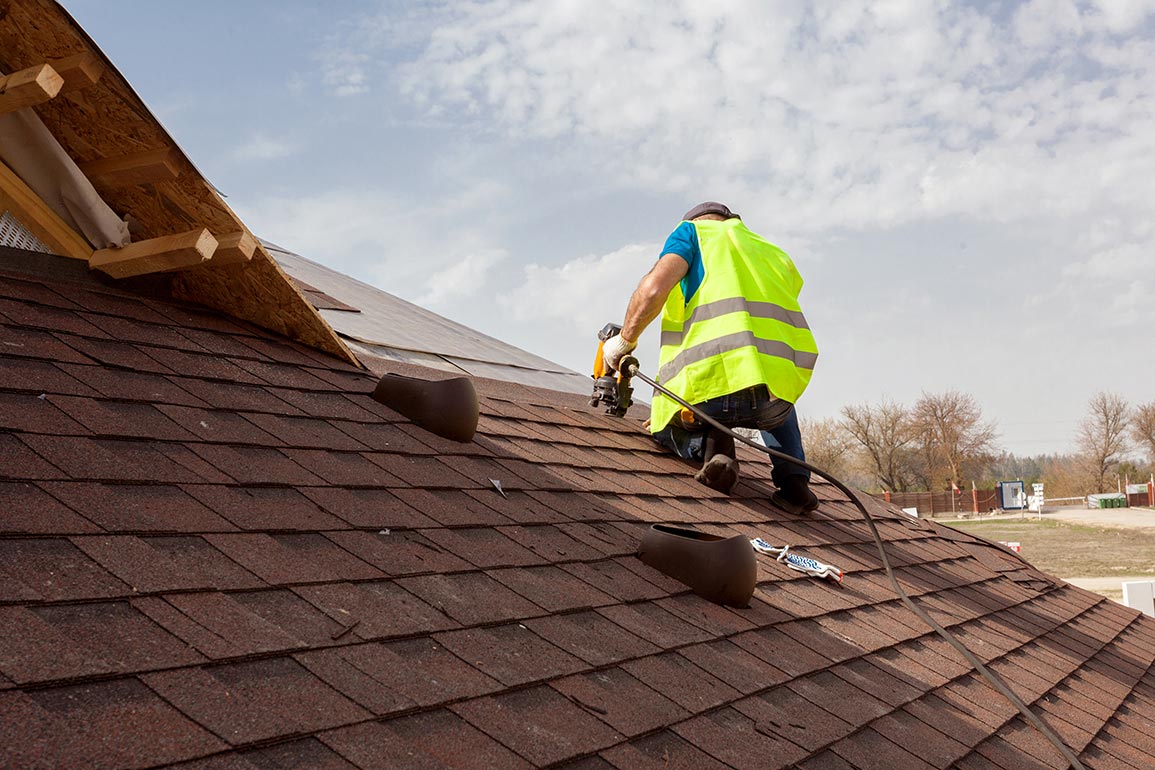We Can Protect Your Property From The Weather

Weather conditions in the United Kingdom have a significant impact on the health and durability of roofs. The UK experiences a diverse range of weather patterns throughout the year, from heavy rain and high winds to cold temperatures and occasional snow. Understanding how these weather elements affect roofs is crucial for homeowners and property managers. In this comprehensive exploration, we'll delve into the various ways weather influences roofs and what measures can be taken to mitigate potential issues.
1. Rain: Rain is a common occurrence in the UK, and it poses a continuous threat to roofs. Over time, consistent exposure to rainwater can lead to issues such as water damage, leaks, and the growth of mould and mildew. Adequate roof drainage systems, including gutters and downspouts, are essential to divert rainwater away from the roof and the foundation of the building. Regular roof inspections can help identify and address any potential vulnerabilities, ensuring the roof remains watertight.
2. Wind: High winds are another weather factor that can adversely affect roofs. Strong winds can lift and remove roofing materials, causing potential leaks and structural damage. Loose or damaged shingles are particularly vulnerable during windy conditions. Properly securing roofing materials, using wind-resistant roofing products, and conducting timely repairs can help safeguard roofs against wind damage.
3. Snow and Ice: In some parts of the UK, especially during winter, snow and ice can accumulate on roofs. The weight of snow can strain the roof structure, leading to potential structural damage or even collapse. Additionally, the melting and refreezing of snow and ice can create ice dams, causing water to back up under shingles and into the interior of the roof. Adequate insulation and ventilation are crucial to prevent ice dams, and regular snow removal, when safe to do so, can help alleviate excess weight on the roof.
4. Temperature Fluctuations: The UK experiences varying temperatures throughout the year, and these fluctuations can impact the materials used in roofing. Extreme temperature changes can cause roofing materials to expand and contract, leading to wear and tear over time. Choosing high-quality roofing materials that are designed to withstand temperature variations and conducting regular inspections can help identify and address any issues related to temperature fluctuations.
5. Sunlight and UV Rays: While the UK may not be known for its scorching temperatures, exposure to sunlight and UV rays can still affect roofs. Over time, UV radiation can cause roofing materials to deteriorate, leading to cracking, fading, and loss of structural integrity. UV-resistant roofing materials and regular roof maintenance can help mitigate the effects of prolonged sun exposure.
6. Moss and Algae Growth: The UK's damp climate provides an ideal environment for the growth of moss, algae, and lichen on roofs. While these organisms may not pose an immediate threat, their presence can lead to moisture retention and damage over time. Regular roof cleaning and the application of anti-moss treatments can help prevent the buildup of these unwelcome additions.
7. Air Pollution: Air pollution is a factor that can contribute to the degradation of roofing materials. Acid rain, a result of air pollution, can accelerate the deterioration of roofs, especially those made of materials sensitive to acidic substances. Choosing roofing materials resistant to environmental pollutants and conducting regular cleaning can help preserve the longevity of the roof.
In conclusion, the UK's ever-changing weather patterns present various challenges to the health and durability of roofs. Homeowners and property managers can proactively address these challenges by investing in high-quality roofing materials, implementing regular maintenance routines, and promptly addressing any issues identified during inspections. By understanding the impact of weather on roofs and taking preventive measures, individuals can ensure that their roofs remain resilient and provide long-lasting protection for their homes.



